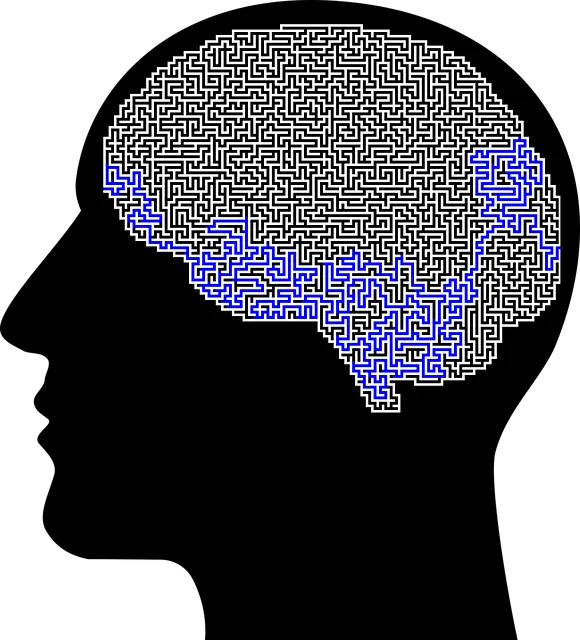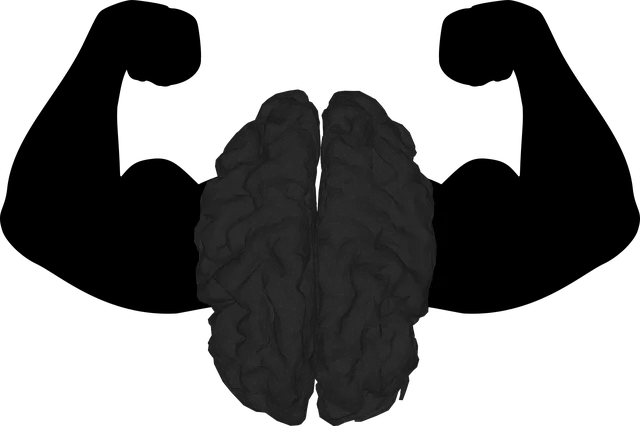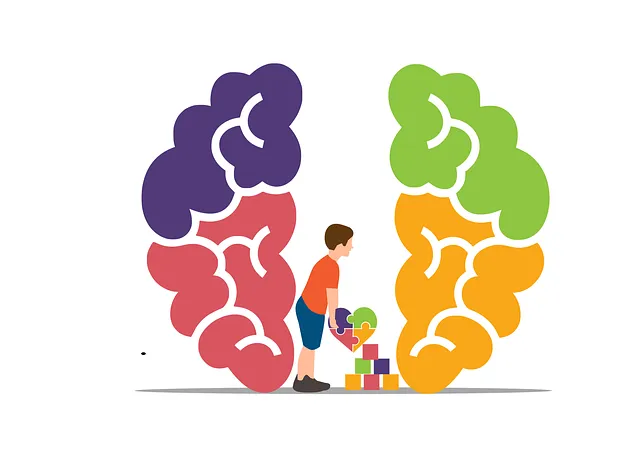Lone Tree Kaiser Permanente's mental health department employs a comprehensive risk assessment process to ensure patient safety and tailored care. They utilize structured tools for thorough risk identification, focusing on individual patient needs and interventions. This proactive approach cultivates a culture of harm minimization through education, community outreach, and dynamic strategies like the Lone Tree Approach, which combines coaching with continuous evaluation. By empowering both patients and staff, they create a safer environment and reduce adverse events, maintaining responsive protection through regular reviews and data-driven decision-making.
In the realm of mental health care, risk assessment and harm minimization are paramount. This article explores crucial strategies employed by institutions like Kaiser Permanente to navigate complex challenges within their mental health settings. We delve into the unique ‘Lone Tree’ approach, a comprehensive plan developed by Kaiser Permanente’s Lone Tree department, showcasing its effectiveness in identifying potential harms. Additionally, we examine monitoring and reviewing processes, emphasizing continuous safety improvements, particularly relevant for the mental health department’s number one priority: patient well-being.
- Understanding Risk Assessment in Mental Health Settings
- Identifying Potential Harms within Kaiser Permanente
- The Lone Tree Approach: A Comprehensive Plan
- Strategies for Effective Hazard Minimization
- Monitoring and Reviewing: Ensuring Continuous Safety
Understanding Risk Assessment in Mental Health Settings

Risk assessment is a fundamental practice within the mental health department at Lone Tree Kaiser Permanente, serving as a cornerstone for ensuring patient safety and effective care. It involves a comprehensive evaluation of potential hazards and risks associated with various aspects of treatment and the patient’s environment. By meticulously analyzing these factors, mental health professionals can identify vulnerabilities and take proactive measures to minimize harm.
This process is particularly crucial in fostering a positive and supportive atmosphere for recovery. Through structured risk assessment tools, staff members gain insights into individual patient needs, enabling them to tailor interventions. Moreover, it facilitates the implementation of effective stress management strategies, which are integral components of the Mental Wellness Podcast Series Production, promoting mental wellness. By embracing this approach, Lone Tree Kaiser Permanente fosters a culture of proactive harm minimization, ensuring that every patient receives personalized care in a safe and nurturing setting.
Identifying Potential Harms within Kaiser Permanente

At Lone Tree Kaiser Permanente, identifying potential harms is a multifaceted process that involves assessing various aspects of patient care, especially within the mental health department. This includes evaluating risks associated with treatment protocols, access to services, and patient interactions. Given the sensitive nature of mental health care, minimizing harm is paramount. The mental health department number serves as a critical point of contact for patients seeking support, and ensuring their safety during every interaction is non-negotiable.
A robust harm minimization strategy involves public awareness campaigns that educate both patients and staff on recognizing and responding to potential risks. Community outreach program implementation plays a vital role in reaching a broader audience, fostering understanding, and promoting services like Self-Esteem Improvement initiatives. By integrating these programs, Lone Tree Kaiser Permanente aims to create an environment where mental health services are accessible, safe, and positively impact the lives of those they serve.
The Lone Tree Approach: A Comprehensive Plan

The Lone Tree Approach, pioneered by Kaiser Permanente’s mental health department, offers a comprehensive strategy for risk assessment and harm minimization planning. This method emphasizes holistic evaluation, considering not just external factors but also the unique inner strengths and resilience of individuals. By integrating mental wellness coaching programs, professionals can facilitate transformative growth and recovery.
This approach prioritizes tailored interventions that address specific risks while fostering mental wellness. It encourages a proactive mindset, where risk assessment is an ongoing process rather than a one-time event. This dynamic perspective aligns with the evolving nature of mental health, ensuring that individuals receive up-to-date support tailored to their changing needs. The Lone Tree Kaiser Permanente model serves as a beacon for comprehensive mental health care, focusing on both prevention and intervention to create lasting positive outcomes.
Strategies for Effective Hazard Minimization

In implementing risk assessment and harm minimization planning, especially within the context of the Lone Tree Kaiser Permanente mental health department, a multi-faceted approach is key. The first step involves thorough risk identification and evaluation using tools like the Mental Health Risk Assessment Scale. This process ensures that all potential hazards are identified, from individual patient factors to environmental influences. Once risks are mapped out, tailored interventions can be developed; these may include Crisis Intervention Guidance, which equips staff with skills to handle acute situations effectively.
Emotional Intelligence plays a pivotal role in mitigating risks and fostering positive outcomes. By enhancing emotional awareness among healthcare providers, they become more adept at recognizing subtle cues from patients, enabling early intervention and personalized support. Additionally, Confidence-boosting strategies can empower both patients and staff, creating a safer environment. This might involve structured programs to enhance coping mechanisms and resilience, ensuring individuals feel equipped to navigate challenges, thus reducing the likelihood of adverse events.
Monitoring and Reviewing: Ensuring Continuous Safety

Effective risk assessment and harm minimization planning within the mental health department at Lone Tree Kaiser Permanente require continuous monitoring and reviewing. This dynamic process ensures that safety measures remain robust and responsive to evolving circumstances, patient needs, and best practices in mental health care. Regular reviews allow for the identification of areas where interventions can be enhanced or adjusted, promoting a resilient and adaptive approach to managing risks.
By implementing robust monitoring systems, the department can track the outcomes of various initiatives, including Mental Health Education Programs Design and Resilience Building strategies. This data-driven approach enables informed decisions about resource allocation and program refinement. Additionally, Community Outreach Program Implementation benefits from regular reviews, ensuring its effectiveness in reaching and supporting vulnerable populations within the community.
Risk assessment and harm minimization planning are vital components of ensuring patient safety within the mental health department at Kaiser Permanente. By understanding risk assessment, identifying potential harms, implementing comprehensive strategies like the Lone Tree Approach, and continuously monitoring and reviewing plans, Kaiser Permanente can foster a robust safety net for its patients. This structured approach, tailored to the unique needs of the mental health setting, is crucial in minimizing risks and enhancing patient care at Lone Tree Kaiser Permanente.






